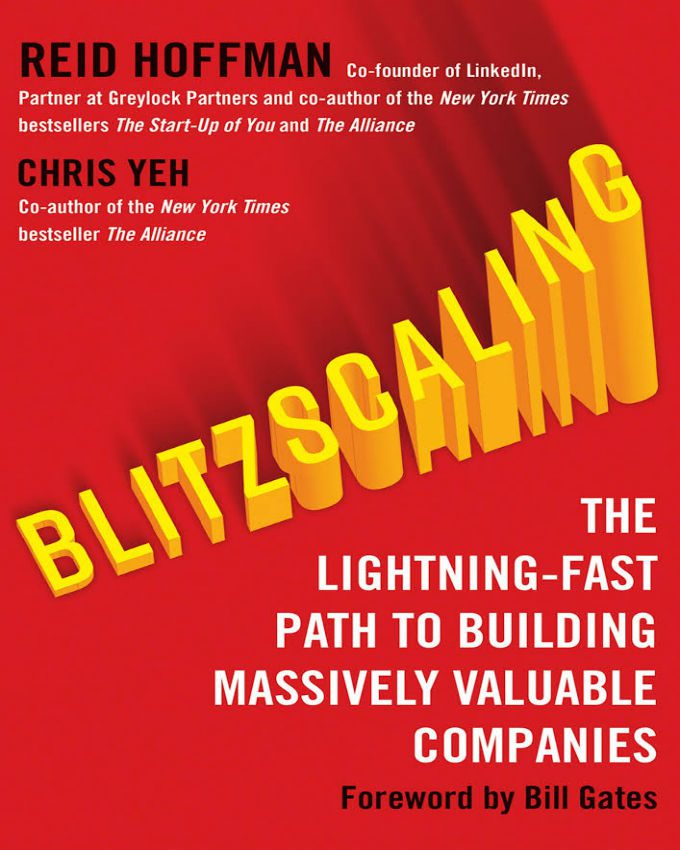

I'm not sure what I think of the phrase 'blitz-scaling' but Reid Hoffman, who also does Stanford classes on the topic, has a book coming out on it in October and if it's anything like his Masters of Scale podcast there should be lots of good learning in it.An accomplished entrepreneur, executive, and investor, Reid has played an integral role in building many of today’s leading consumer technology businesses, including LinkedIn and PayPal. Too often we see mediocre products where money and resources are spent on generation demand to get scale, rather than flipping that mindset and doing things early on that don't scale in order to create a more continuous momentum. This, a far better challenge to have, is the good kind of 'blitz scale' as he calls it.

Then your scaling challenges are less about generating demand, and more about keeping the experience exceptional as you manage that demand. Sam Altman, president of Y-Combinator, has a nice way of describing how the first thing that you need to concentrate on is on building a product that is so good that people spontaneously want to use it and tell their friends about it and how that often comes from spending a disproportionate amount of time focusing on things (like obsessing over the early stage experience and talking directly to your earliest users to learn) that don't have an apparent immediate scaled payback or, in the context of a more traditional mindset, look like they are too small to be meaningful. The ability to hand-craft an experience for a few early-stage customers by getting direct feedback from them can be challenging in an environment more used to using research to identify scaled opportunities, then developing products at some distance from the people who will actually end up using them, and spending big on marketing and sales people to take it to market. About how in order to scale sometimes you need to do things that don't scale, and how difficult this can be in an organisation that is used to only thinking in terms of top-down, big projects, large spend, significant near-term return.

I wrote something about scale over on the agile business blog.


 0 kommentar(er)
0 kommentar(er)
